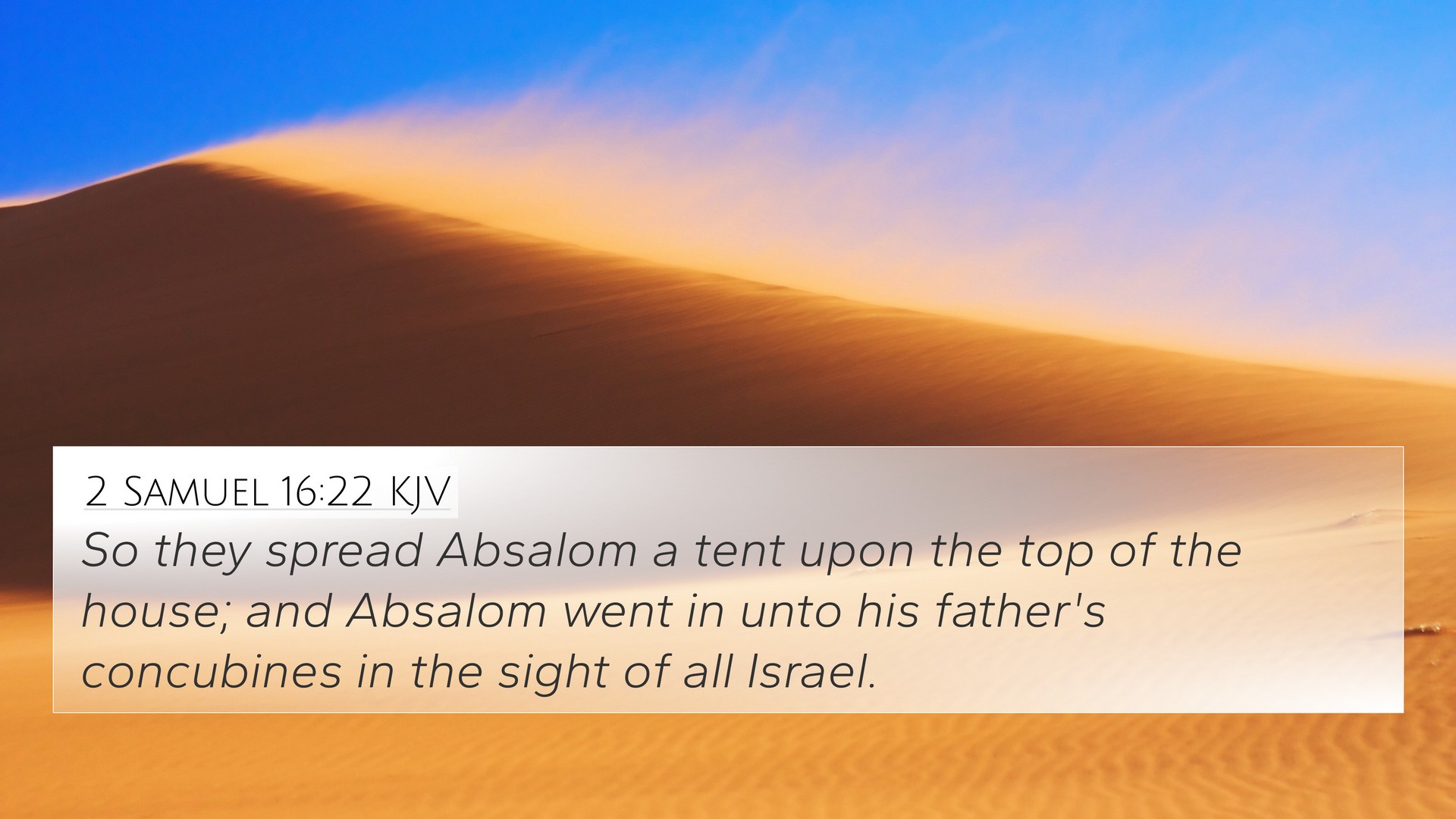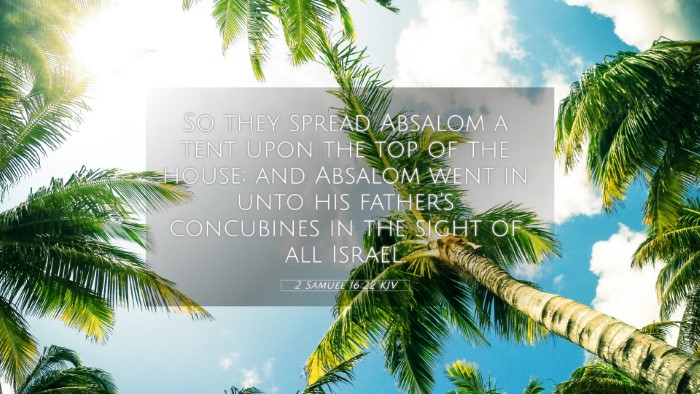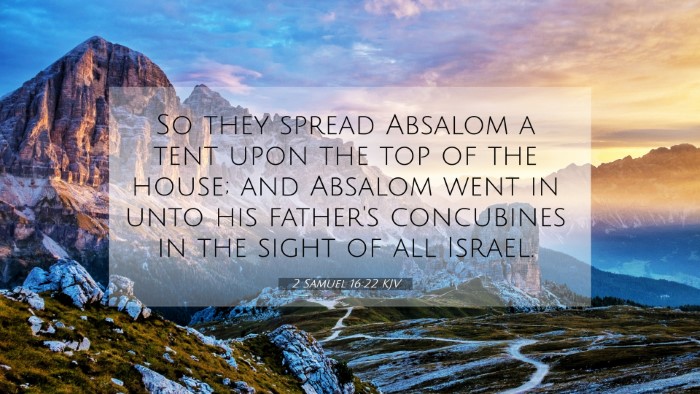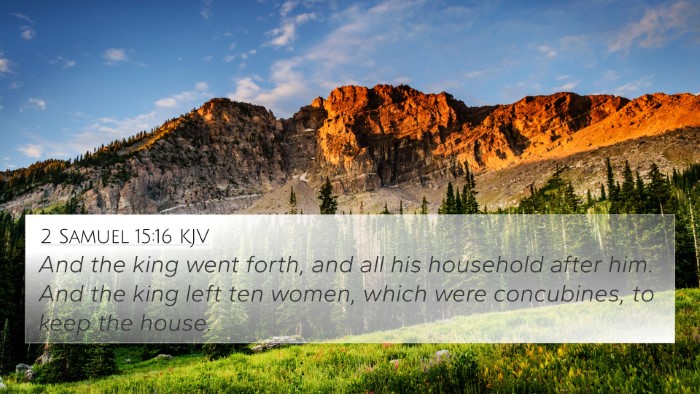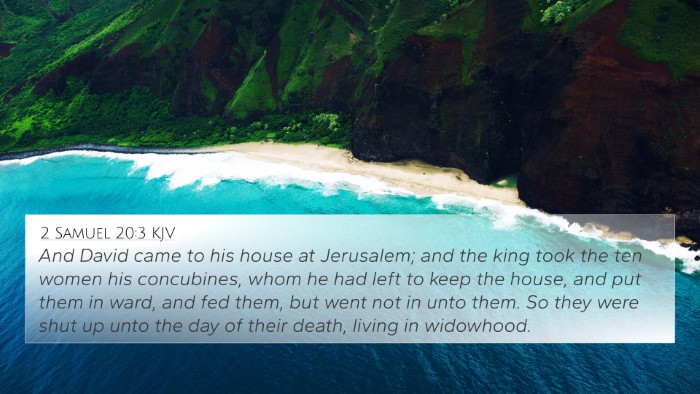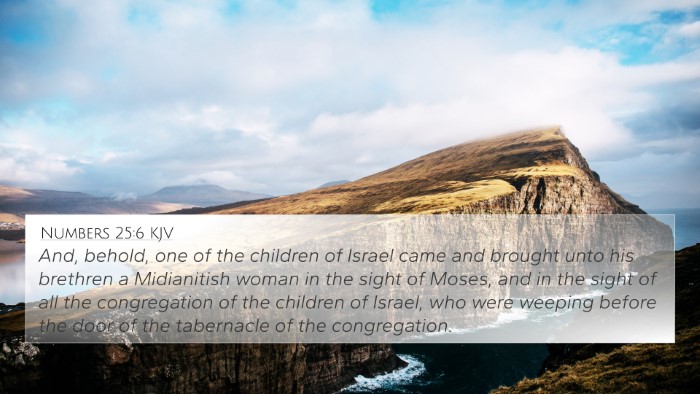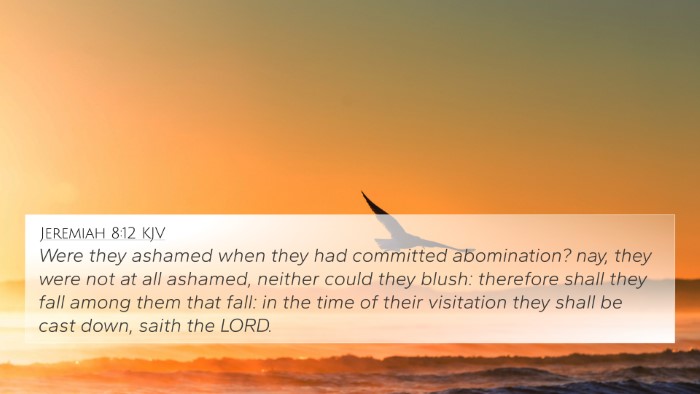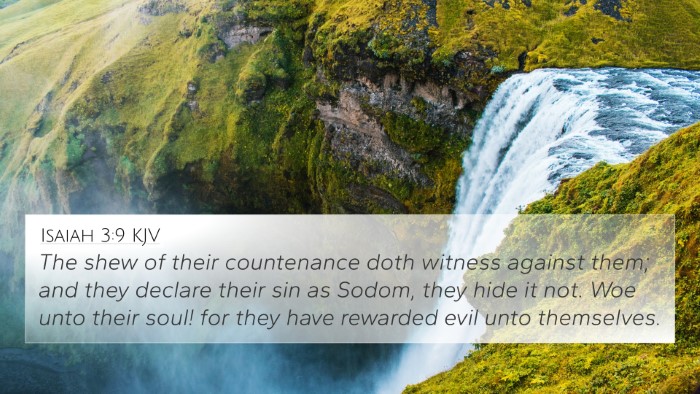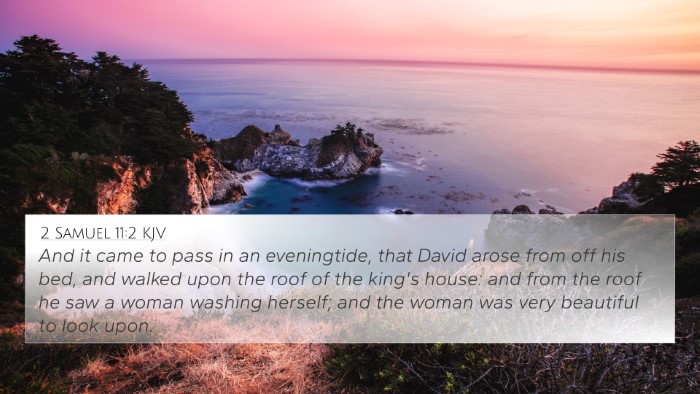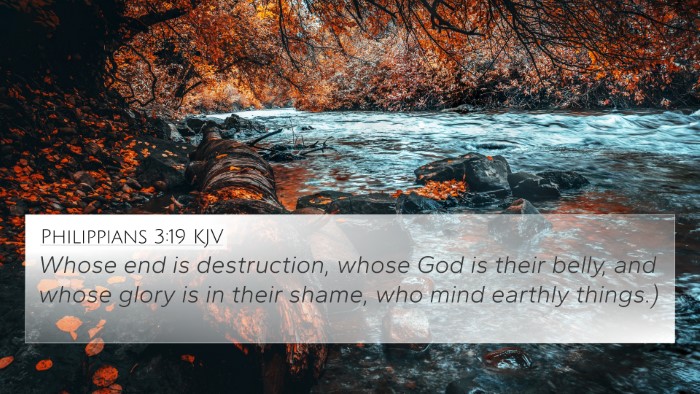Understanding 2 Samuel 16:22
2 Samuel 16:22 states: "So they spread Absalom a tent upon the top of the house; and Absalom went in unto his father's concubines in the sight of all Israel." This verse depicts a significant event during Absalom's rebellion against King David, where he publicly dishonors his father, showcasing the depths of his rebellion.
Verse Meaning Summary
The verse emphasizes themes of betrayal, dishonor, and the consequences of sin. Absalom's actions exhibit a cruel twist of events stemming from family strife and ambition for power, which can be understood through insights from various public domain commentaries.
Commentary Insights
- Matthew Henry: He highlights that this act was part of Absalom's attempt to assert his claim to the throne by publicly demonstrating dominance over his father's harem. The tent on the rooftop signifies a brazen act of rebellion, fulfilling Nathan's prophecy regarding the consequences of David's sin.
- Albert Barnes: Barnes discusses the cultural implications of Absalom's actions. By sleeping with the concubines, Absalom sought to usurp David's authority in a very public manner, signifying a complete break from his father and an attempt to win over the Israelites.
- Adam Clarke: Clarke notes the prophetic significance and foreshadowing, suggesting that Absalom's ultimate downfall was put in motion. This event not only represents an act of personal vendetta but also reflects the chaos that ensues from familial discord.
Key Themes
The themes in 2 Samuel 16:22 can be categorized as follows:
- Rebellion Against Authority: Absalom's act symbolizes the ultimate rebellion against his father's kingship and authority.
- Public Shame: By performing such acts publicly, Absalom seeks to humiliate David and assert his own power, in line with interpretations that emphasize dignity in Old Testament culture.
- Divine Judgment: The act itself can be seen as a fulfillment of God’s judgment on David’s house due to his previous sin with Bathsheba, linking to the importance of understanding the consequences of one's actions.
Bible Verse Cross-References
To further understand the gravity of this event, several Bible verses relate closely to the themes and actions depicted in 2 Samuel 16:22:
- 2 Samuel 12:11-12: This passage includes God's prophecy through Nathan about the consequences of David's sin, directly linking to Absalom's rebellion.
- 2 Samuel 15:12: This verse describes Absalom conspiring against David, providing context to his motivations.
- Galatians 6:7: "For whatsoever a man soweth, that shall he also reap," serves as a reminder that David's sins lead to Absalom's actions.
- 2 Samuel 16:21: Absalom’s decision is a continuation of the betrayal discussed in the preceding verse.
- Psalm 3:1-2: David’s lament during Absalom’s rebellion reflects the emotional turmoil resulting from his son’s treachery.
- 1 Kings 1:5: The seeds of discontent and ambition brewed in Absalom's earlier years are pivotal in understanding his later actions.
- 1 Chronicles 3:2: A genealogical reference is important in tracing Absalom’s lineage and highlights his birth and his role.
Connecting Themes and Implications
This verse highlights several connections between Biblical themes:
- Inter-Biblical Dialogue: The rebellious nature of Absalom parallels the broader themes of rebellion and sin seen throughout the Scriptures, serving as a cautionary tale about authority and the consequences of our actions.
- Thematic Connections: This event can be tied to themes of honor and dishonor, seen in other scriptural contexts where familial relationships impact leadership and authority.
Conclusion
In summary, 2 Samuel 16:22 serves as a significant verse that reflects the complexities of familial relationships, rebellion, and the fulfillment of divine judgment. Its themes resonate throughout scripture and offer profound insights into the nature of sin and its repercussions within God's plan. For anyone seeking deeper understanding, utilizing tools for Bible cross-referencing can enhance one's study and reveal the interconnectedness of scriptural narratives.
By exploring bible verse parallels and engaging in cross-referencing Bible study methods, insightful connections can be made that deepen the understanding of God's word and His dealings with humanity.
